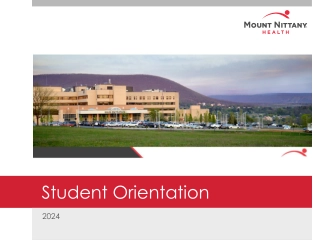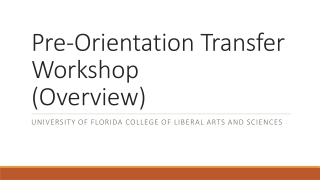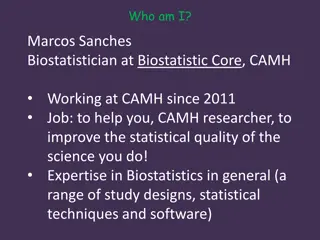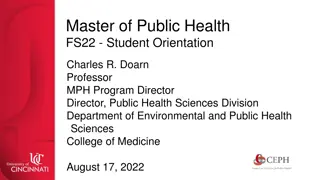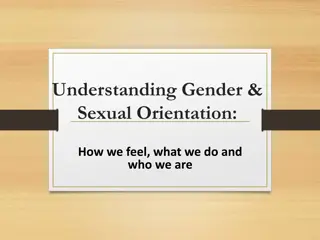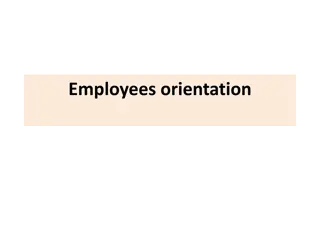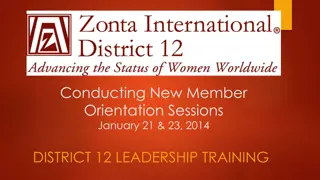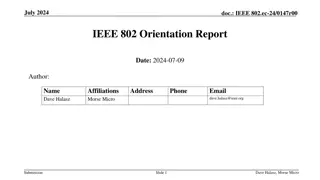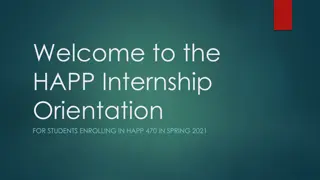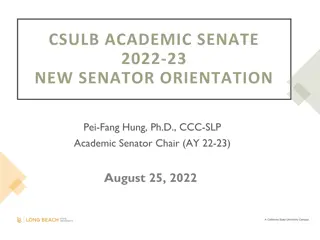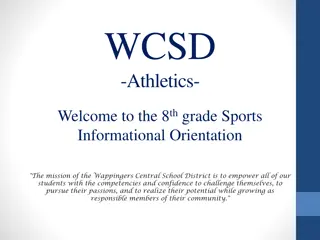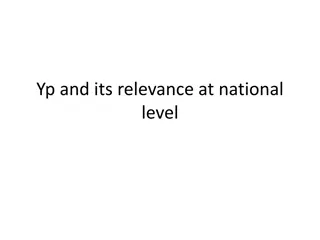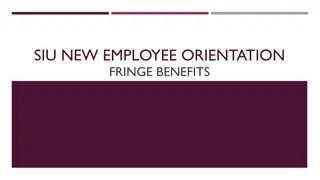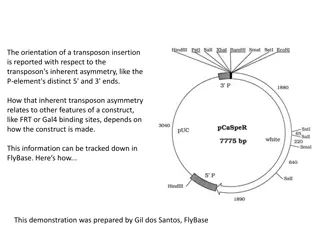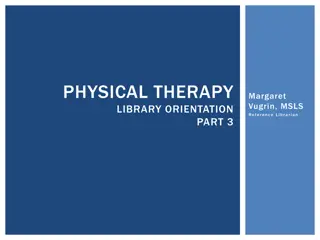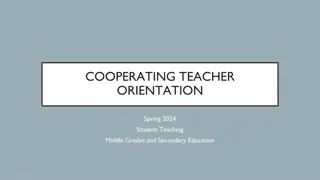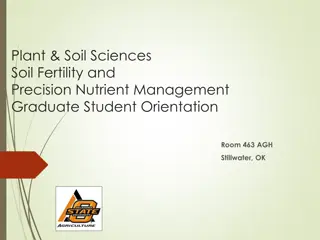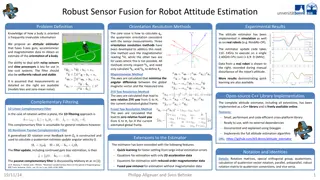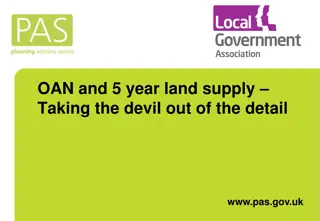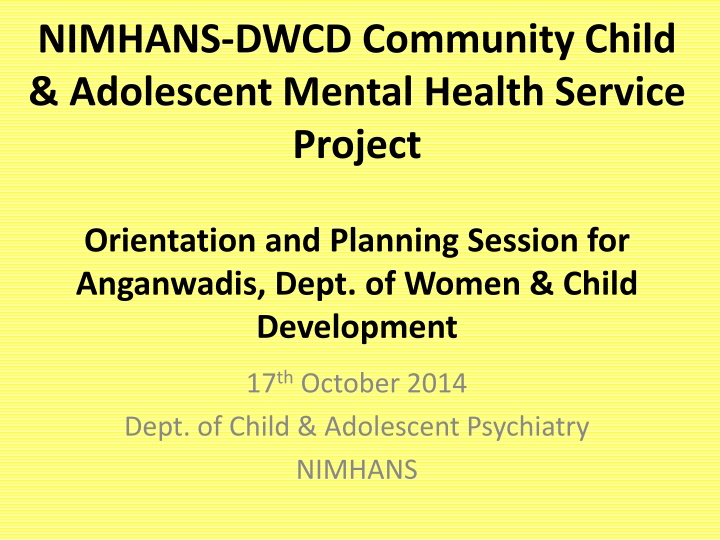
Community Child and Adolescent Mental Health Service Project Overview
Explore the NIMHANS-DWCD project in Bangalore South Zone focusing on establishing community-based services for children and adolescents. The project includes training childcare workers, developing a mental health service model, and promoting equitable access to healthcare.
Download Presentation

Please find below an Image/Link to download the presentation.
The content on the website is provided AS IS for your information and personal use only. It may not be sold, licensed, or shared on other websites without obtaining consent from the author. If you encounter any issues during the download, it is possible that the publisher has removed the file from their server.
You are allowed to download the files provided on this website for personal or commercial use, subject to the condition that they are used lawfully. All files are the property of their respective owners.
The content on the website is provided AS IS for your information and personal use only. It may not be sold, licensed, or shared on other websites without obtaining consent from the author.
E N D
Presentation Transcript
NIMHANS-DWCD Community Child & Adolescent Mental Health Service Project Orientation and Planning Session for Anganwadis, Dept. of Women & Child Development 17thOctober 2014 Dept. of Child & Adolescent Psychiatry NIMHANS
Objectives Establishment of community-based child and adolescent services. Training and capacity building of childcare workers and staff from various governmental and non-governmental agencies, including schools. Develop a comprehensive community child and adolescent mental health service model that may be replicated elsewhere in the country.
Geographic Location and Area Bangalore South Zone: A minimum of 10 slums (total population=5,335) + larger community 12 PHCs (10 MOs, 12 Health Assistants, 48 Link Workers) 21 government schools (& 10 private schools) 45 Anganwadis 90 child care institutions (Registered under DWCD & J.J. Act) 2 remote/rural districts (Remote Communication)
Principles & Technical Approach Universal access to child (mental) healthcare Equitable coverage (with focus on vulnerable children and adolescents) Community involvement and participation to ensure sustainability Adoption of multi-sectional approach through involvement of various sectors such as health, education, women and child welfare.
Mental Health Intervention Spectrum for Mental Disorders
Proposal Implementation: Phase (1) Activity 1: Mapping of Existing Community Services What? identify types of services provided by the agency/services understand child mental health issues in the community. assess the capacity needs and gaps of the service providers. assess scope for government schemes (RBSK/RKSK implementation?) How? key informant interviews and focus group discussions With Whom? Child Care Institutions (government & non-government agencies) public health professionals (MO, health assistants, link workers) Anganwadi workers schools/teachers Government departments (Women & Child Development, BBMP, Education, Health, NRHM, JJ Act functionaries)
Proposal Implementation: Phase 2 Activity 1: Service Delivery Intervention Type of Service Provided Preventive &Promotive Services Life program schools. Life program NGO and other community spaces. Targeted Children/Adolescents Pre-school children Service Providers Developmental play program Aanganwadi workers Skills School children (ages Teachers in Skills Children in institutions; special populations and vulnerable children and adolescents NGOs. (Example children; substance abuse issues; HIV+ children etc) Government staff (such as child protection staff); NGO workers in served by street
Service Delivery Intervention Type of Service Provided Targeted Children/Adolescents All children availing of preventive/ promotive services and individual who may psychiatric or developmental disabilities, requiring services and care. Service Providers Treatment/ Curative Services Case identification Basic/ psychosocial support and care Teachers, workers, public practitioners (paediatricians/ general government and NGO staff in consultation with NIMHANS team health first level private & other children have problems health physicians), thereby specialized Standard known disorders treatment (psychiatric) for NIMHANS Adolescent Psychiatry Dept. and/or Mental Health Centers (Referral) Child & other
Conditions Covered by Curative Services Behaviour/Emotional Sub-Threshold Disturbances Neurodevelopmental Disorders Oppositional Defiant Disorders Conduct Disorders Anxiety disorders Depressive disorders Elimination disorders Somatoform disorders Other uncommon disorders Obsessive Compulsive Disorders, tics, psychoses, bipolar disorders Disorders Intellectual Disability Autism Speech delays / disorders Non-Specific Global Delays in young children) Attention Deficit Hyperactive Disorder Specific Learning Disabilities Cerebral Palsy Scholastic backwardness Learning difficulties School refusal Temper tantrums Difficult temperament Aggressive tendency Suicidality Running away from home Bullying Pica Early unspecified developmental delays Truancy School drop-outs Conduct symptoms Oppositional Defiant Disorder Excessive shyness Examination anxiety Stress-related problems Inter-personal problems in adolescence
Reaching out to Remote Rural Districts Staff of government services from 2 remote/rural areas identified by DWCD will be provided with technical support remotely. Advice on preventive and curative services, provided through telephone and internet communication on a periodic basis (weekly). Staff to be included in training and capacity building activities conducted in Bangalore
Proposal Implementation: Phase 2 Activity 2: Training & Capacity Building Training for Whom? Gate-Keepers: o Health workers (public health practitioners, Link workers) o Anganwadi workers o Teachers o Child care institutions staff ICPS Staff: o Program officers o Counsellors o Social workers o House Parents
Training Content? o Psychological health promotion o Parent education leaflets o Behavior therapy training packages o Consultation liaison clinics o Screening for early diagnosis o Disability related interventions o Small modules for grass root workers o Universal preventive interventions (violence prevention, problem solving, suicide prevention, bully victim problems) o Programmes for externalizing behaviours (anger control) o Programmes for internalizing behaviours (stress and coping) o School programmes (teacher training, life skill education) o Referral protocols o Working with children in difficult circumstances (street children, high risk behaviors)
Training Material? o Information, Education and Communication Materials o Videos o Manuals for various trainer groups o Creative materials for use with children/adolescents (flip-charts etc).
Outcomes Increased access to and availability of preventive, promotive and curative child and adolescent mental health services in the community. Increased access to and availability of mental health services to vulnerable children (disabled and other special groups). Development of training materials and manuals. Development of capacities in community childcare workers. A tested out model for widespread implementation for promotive, preventive and curative interventions in child and adolescent mental health in the community.
Key Findings from Needs Assessment and Services: Anganwadi Workers Knowledge/ Skills Strengths Gaps Child Development Theory and Practice Have basic understanding of the domains of child development Lack of conceptual clarity (not easily able to connect the activity to the domain and the skills/abilities it involves). Identification of and Response to Developmental Disability able to identify some signs and symptoms of disability, such as children being silent or isolated and playing on their own , hyperactivity, or those who have physical disabilities and speech problems. - No systematic method or tool used to screen the child and establish that the child has a developmental disability. - Not knowledgeable on type of interventions to develop for children with developmental disabilities.
Knowledge/ Skills Strengths Gaps Understanding of and Response to Children s Emotional and Behaviour Problems Aware of the types of homes these children come from i.e. families with marital discord/ alcoholism/ neglect/ single-parent families/ child-headed households - Inadequate ability to understand/ identify emotional problems in young children - Limited understanding or analysis of why children behave in these ways or express such emotions; Disciplining and Corporal Punishment Issues Aware that corporal punishment is unacceptable and wrong . Lack of orientation to behavioural management of difficult children/ alternative ways of disciplining Response to Child Safety and Protection Issues Aware of/ acknowledge that child abuse occurs. - No systematic personal safety training done for anganwadi children. - Lack of knowledge about a systematic protocol of response and reporting.
Other Findings: - Extensive training provided to Aws on child health issues but limited inputs on on child mental health issues (emotional/ behavioural issues, disability response, child sexual abuse, disciplining etc). - General shortage in materials available to them to conduct developmental or educational activities.
Challenges Limited materials Very limited space to conduct activities Time problem : they are so over-burdened with record-keeping and documentation + tasks such as attending to the requests of pregnant mothers left with very little time to interact with the children and actually do activities with them.
Anganwadi Worker Reccomendations: Keen to receive more in-depth, skill-based training in this domain, including on disciplining and child sexual abuse. Strongly recommended that: the training be provided to all anganwadi workers from other zones (as they were aware that their colleagues would benefit from the knowledge and skills as they had even during the brief orientation provided). the emotional and behaviour training contents be added to the existing 1.5 month training program received by all anganwadi workers at the time of joining.
NIMHANS-DWCD Project Suggestions for Support of Anganwadi Workers/ Pre-School Work
1. Design a training curriculum that includes the following: Application of child development concepts (versus mere theory) Systematic screening and identification of developmental disabilities (including basic screening tools) Interventions for developmental disabilities and associated behaviour problems Types of emotional and behaviour problems pre-school children face/ how to respond to them Understanding how difficult family/ social contexts place children at risk of emotional and behaviour problems. First level responses and management of common emotional and behavioural issues in pre-schoolers. Corporal punishment/ disciplining, alternative methods to manage children with behaviour problems Teaching children about personal safety (prevention of child sexual abuse) First level/ emergency responses to child sexual abuse including identification of CSA, reporting guidelines and POCSO Act
2. Support and advocacy for anganwadi workers needs to incude the following, through discussions with the DWCD on: Duplication of work between anganwadi workers and ASHA/ Link workers. Scope of their responsibilities that goes beyond 0 to 6 to prenatal care on the one hand and adolescent girls on the other and how this results in further over- burdening them. Extensive and cumbersome systems of reporting that compromise the time allocated to direct work with children. Space and material limitations that hinder their abilities to do quality work with the children.
Project Implementation Contributing to Standard Anganwadi Training Program curriculum (Initial training for new AWs). Training of existing Aws in Bangalore City. Direct/ on-the job support and training i.e. working with Aws in their centres to demonstrate/ show them how to use screening tools etc.

